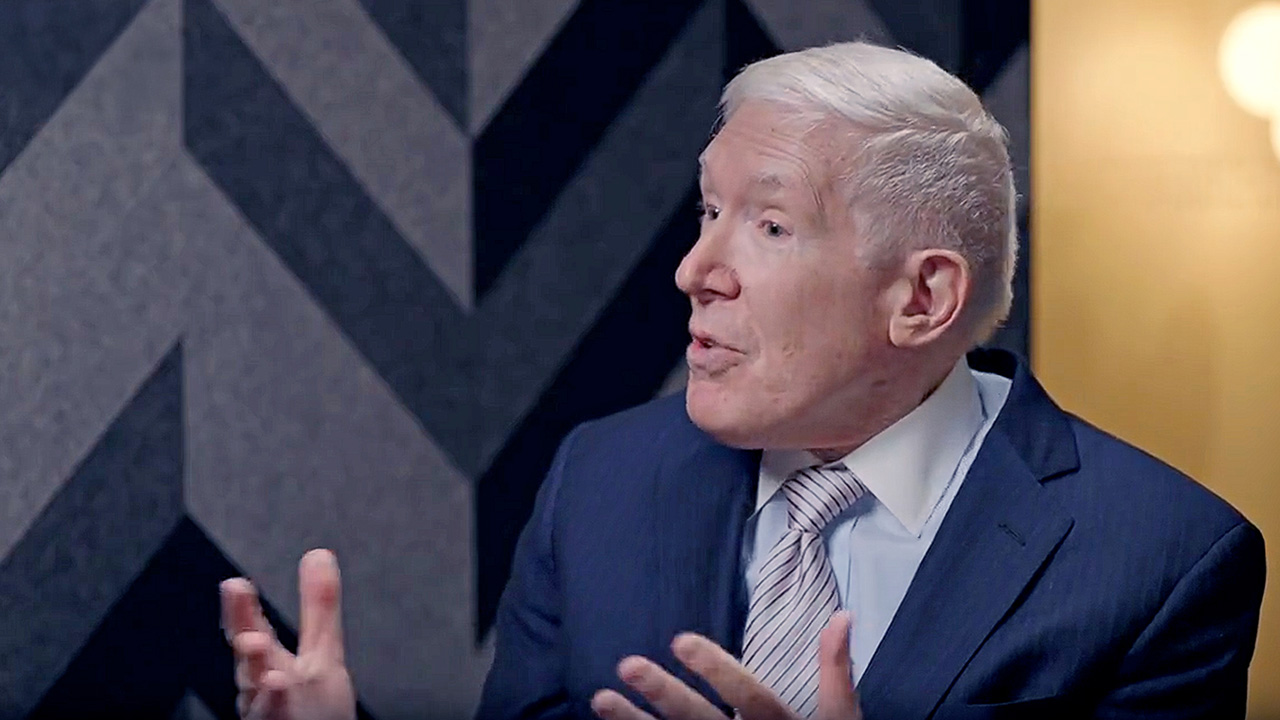| | | |
| | Brought to you by Alex Panas, global leader of industries, & Axel Karlsson, global leader of functional practices and growth platforms
| | | | | | | |
| | | | Tariffs are top of mind for business leaders as policies and market conditions continue to shift. How can leaders make sense of this uncertainty to mitigate risks to their businesses and seize potential opportunities? To start, developing a better understanding of tariffs and their likely effects—in both the short and the long term—is critical. This week, we look at how leaders can prepare their organizations to navigate this challenging and fast-changing environment.
| | | | | | | |
| | | With the COVID-19 crisis still fresh in their minds, business leaders face a new global economic disruption and the questions it raises. Among them: How long might tariffs and trade controls be in place? What economic consequences will they have? When will we return to “normal”? Traditional forecasting and planning methods are not suitable to meet the moment as the tariff landscape evolves, say McKinsey’s Cindy Levy, Mihir Mysore, Shubham Singhal, and Varun Marya. Instead, they recommend that companies establish a geopolitical nerve center: that is, “a central hub that tracks new developments in global trade, plans across several horizons, and guides decision-makers on ways to mitigate the impact of the expanding tariffs and trade controls.” A nerve center should include cross-functional teams that can address the impacts of tariffs across the company over the short, medium, and long term. It should also be supported by a central planning team that uses analytics to enable fast decision-making. Many companies found nerve centers to be an essential resource during the pandemic—and a similar approach can be effective now, as “tariffs have emerged as the most urgent topic for many businesses and the world economy and will likely remain so for most of 2025,” the authors say. | | |
| | | | | | | | | | | | | | | | | |
| A decade ago, many experts predicted that the global flow of goods, money, data, and people would continue to expand smoothly. Now, companies have to confront the reality that the world has become more fragmented, says Robert Hormats, a former US government official and adviser to many global companies. “Companies making big financial investments need to have both a degree of understanding of what’s going to happen over the next five to ten years and the agility and resilience to turn on a dime in the face of unexpected developments,” Hormats says in an interview with McKinsey Senior Partner Cindy Levy. He notes the importance of companies developing trusting relationships with countries beyond their home markets and learning how to work best with their governments. “This isn’t just about lobbying for what they want,” Hormats says. “It’s also about mutual education, in which both businesses and governments improve their understanding of the implications of existing and future regulation, including—but not only—around new technologies.”
| | |
| | | | | | | |
| Tariffs are not the only rapidly evolving area for leaders to focus on as they navigate the global trade landscape. A growing number of export controls is limiting movement of sensitive services and products—particularly technology—across borders, which affects industries such as mobile communications, semiconductors, AI, and quantum computing. It’s critical for companies to assess the impact of export controls on their global strategies, in terms of both risks and competitive advantages, say McKinsey’s Cindy Levy, Matt Watters, Shubham Singhal, and their coauthors. Steps can include considering whether to include sensitive technologies in product designs, reassessing supply chains of existing products, and ensuring that legal and compliance teams are properly trained on export controls. “Organizations that monitor and understand the implications of evolving export rules can seize opportunities and get ahead of less savvy competitors,” the authors say. | | | Lead by building geopolitical resilience. | | | | | — Edited by Eric Quiñones, senior editor, New York
| | |
| | | |
This email contains information about McKinsey’s research, insights, services, or events. By opening our emails or clicking on links, you agree to our use of cookies and web tracking technology. For more information on how we use and protect your information, please review our privacy policy. |
|
You received this email because you subscribed to the Leading Off newsletter. |
|
|
Copyright © 2025 | McKinsey & Company, 3 World Trade Center, 175 Greenwich Street, New York, NY 10007 |
|
|
|
|
|










